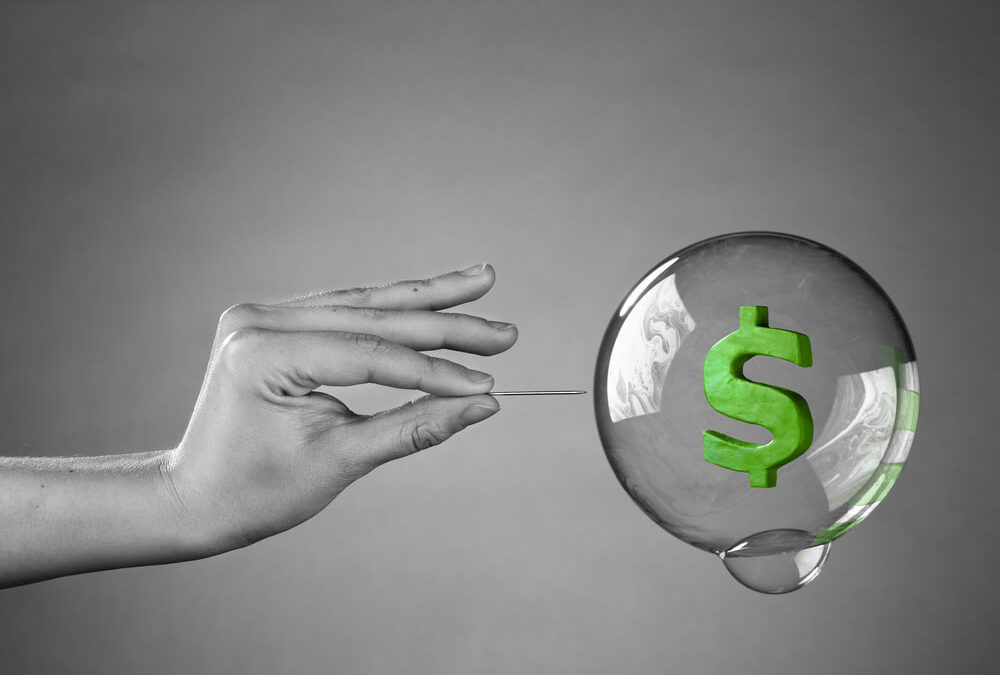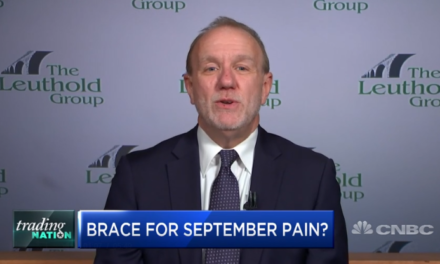Michael Burry, whose investing story was adapted into the successful book and film “The Big Short,” sees a bubble in passive investing that is drawing parallels to the housing bubble that he profited off massively during the 2008 financial crisis.
In a recent email interview with Bloomberg, Burry, who manages about $340 million at Scion Asset Management, explains that so much money is flooding index funds, which in turn is distorting stock and bond prices in a similar way to how collateralized debt obligations distorted subprime mortgages, leading to the housing crash over a decade ago. He argues those flows will have to reverse at some point, and it’s not going to be pretty when they do.
“Like most bubbles, the longer it goes on, the worse the crash will be,” Burry said. This bubble is part of the reason he likes small-cap value stocks because they’re typically underrepresented in passive funds.
Burry provides a further breakdown of what he’s seeing with passive investing, per Bloomberg:
Index Funds and Price Discovery
“Central banks and Basel III have more or less removed price discovery from the credit markets, meaning risk does not have an accurate pricing mechanism in interest rates anymore. And now passive investing has removed price discovery from the equity markets. The simple theses and the models that get people into sectors, factors, indexes or ETFs and mutual funds mimicking those strategies — these do not require the security-level analysis that is required for true price discovery.
“This is very much like the bubble in synthetic asset-backed CDOs before the Great Financial Crisis in that price-setting in that market was not done by fundamental security-level analysis, but by massive capital flows based on Nobel-approved models of risk that proved to be untrue.”
Liquidity Risk
“The dirty secret of passive index funds — whether open-end, closed-end, or ETF — is the distribution of daily dollar value traded among the securities within the indexes they mimic.
“In the Russell 2000 Index, for instance, the vast majority of stocks are lower volume, lower value-traded stocks. Today I counted 1,049 stocks that traded less than $5 million in value during the day. That is over half, and almost half of those — 456 stocks — traded less than $1 million during the day. Yet through indexation and passive investing, hundreds of billions are linked to stocks like this. The S&P 500 is no different — the index contains the world’s largest stocks, but still, 266 stocks — over half — traded under $150 million today. That sounds like a lot, but trillions of dollars in assets globally are indexed to these stocks. The theater keeps getting more crowded, but the exit door is the same as it always was. All this gets worse as you get into even less liquid equity and bond markets globally.”
It Won’t End Well
“This structured asset play is the same story again and again — so easy to sell, such a self-fulfilling prophecy as the technical machinery kicks in. All those money managers market lower fees for indexed, passive products, but they are not fools — they make up for it in scale.”
“Potentially making it worse will be the impossibility of unwinding the derivatives and naked buy/sell strategies used to help so many of these funds pseudo-match flows and prices each and every day. This fundamental concept is the same one that resulted in the market meltdowns in 2008. However, I just don’t know what the timeline will be. Like most bubbles, the longer it goes on, the worse the crash will be.”




